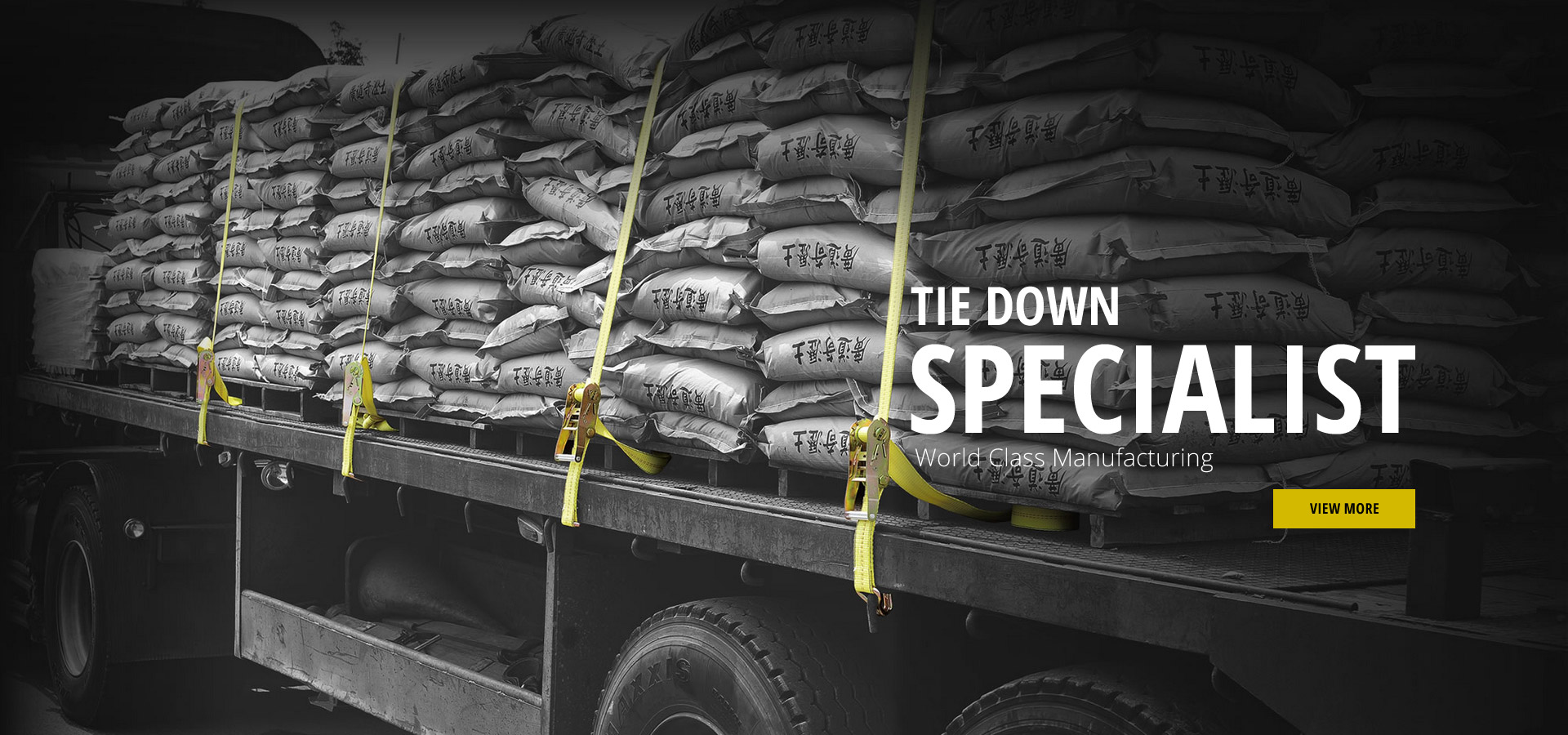Exploring the Application of Chemical Anchors in Modern Construction Techniques
Using Chemical Anchors A Comprehensive Overview
Chemical anchors, also known as chemical adhesives or bonding agents, have become an increasingly popular choice in various construction and engineering applications. These innovative solutions provide robust anchoring capabilities that are essential for ensuring the stability and longevity of structures. In this article, we will explore what chemical anchors are, how they work, their advantages, and best practices for their use.
What Are Chemical Anchors?
Chemical anchors consist of a two-part system typically made up of a resin and a hardener. When these two components are mixed together, they initiate a chemical reaction that results in a strong adhesive bond. This bonding mechanism enables chemical anchors to securely attach fixtures to concrete, masonry, or other substrates, which is crucial in both new constructions and repair projects.
There are various types of chemical anchors available on the market, including epoxy, polyester, and vinylester formulations. Each type is designed for specific applications and environmental conditions. For instance, epoxy-based anchors offer superior strength and are ideal for heavy load applications, while polyester anchors may be more suitable for lighter loads and less demanding conditions.
How Do Chemical Anchors Work?
The effectiveness of chemical anchors lies in their ability to penetrate the substrate material and create a chemical bond at a molecular level. When the anchor is inserted into the drilled hole and the resin is injected, it fills any voids or cracks and adheres to the surrounding material. As the resin hardens, it forms a tight bond that performs exceptionally well under tension and shear forces.
It is worth mentioning that the curing time for chemical anchors can vary based on factors such as temperature, humidity, and the specific formulation used. Most chemical anchors are designed to set relatively quickly, allowing for efficient project timelines while ensuring a secure hold.
Advantages of Using Chemical Anchors
1. High Load Capacity One of the main benefits of chemical anchors is their ability to support heavy loads. They offer excellent tensile and shear strength compared to traditional mechanical anchors, making them suitable for demanding applications in construction and heavy machinery.
2. Versatility Chemical anchors can be utilized across a variety of substrates—including concrete, brick, and stone—making them versatile solutions for numerous industries, from construction to manufacturing.
using chemical anchors

3. Resistance to Environmental Factors Many chemical anchor formulations are resistant to corrosion and can withstand harsh environmental conditions, such as high humidity, extreme temperatures, and exposure to chemicals. This durability enhances the longevity of the installed fixtures.
4. Less Damage to Materials Since chemical anchors involve a bonding process rather than a mechanical expansion, they generally cause less damage to the material into which they are installed. This feature is particularly beneficial in sensitive applications where substrate integrity is crucial.
5. Easy Installation With proper training and the right tools, chemical anchors can be swiftly installed. The ease of application reduces labor costs and helps streamline the construction timeline.
Best Practices for Using Chemical Anchors
To maximize the benefits of chemical anchors, it is essential to follow best practices
- Surface Preparation Proper surface preparation is critical for securing a strong bond. Ensure that the substrate is clean, dry, and free from contaminants such as dust, oil, or grease.
- Follow Manufacturer Instructions Always adhere to the guidelines provided by the manufacturer regarding mixing ratios, curing times, and load limits.
- Conduct Load Tests For critical applications, conducting load tests post-installation can help validate the bonding strength and ensure safety.
- Temperature Considerations Be mindful of the temperature during installation, as extreme low or high temperatures can affect the curing process and bond strength.
In conclusion, chemical anchors are a powerful solution for securing fixtures in a range of applications. With their high load capacity, versatility, and resistance to environmental factors, they are an excellent choice for modern construction and industrial projects. By understanding how to properly select and use chemical anchors, professionals can achieve reliable and lasting results in their work.
-
Weatherproof Plastic Expansion Anchors for OutdoorNewsJun.06,2025
-
Sustainability in the Supply Chain: Eco-Friendly TEK Screws ProductionNewsJun.06,2025
-
Load-Bearing Capacity of External Insulation FixingsNewsJun.06,2025
-
Double Head Bolts: Enhancing Efficiency in Industrial MachineryNewsJun.06,2025
-
Corrosion Resistance in Chipboard Screws: Coatings for Wholesale DurabilityNewsJun.06,2025
-
Butterfly Toggle Bolts : Enhancing Structural ResilienceNewsJun.06,2025
